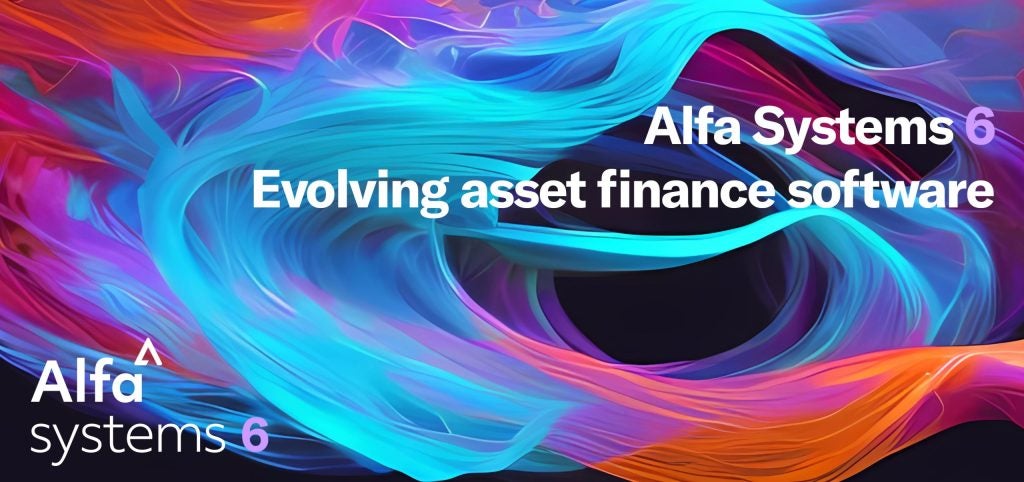
The Vietnam auto finance market, a vital component of the country’s financial landscape, has faced considerable turbulence in recent years.
In 2023, a sharp downturn in the automotive sector saw motor vehicle sales decline by 25.37%, while motorcycle and scooter sales dropped by 16.21%. High bank interest rates and economic difficulties in the real estate and securities sectors contributed significantly to this contraction.
Signs of recovery and moderate growth ahead
Despite these challenges, the market is expected to rebound. Makreo Research, a Mumbai-based company, projects double-digit compound annual growth rates (CAGR) over the next five years, driven by economic recovery, policy reforms, and increasing demand for automotive loans. Moderate growth is anticipated to take hold by 2025 and 2026, reflecting a cautiously optimistic outlook.
Government policies boosting credit accessibility
Efforts to increase financial inclusivity have played a pivotal role in improving access to credit. Recent State Bank of Vietnam data indicates that outstanding loans for life and consumer purposes have risen to 2.8 quadrillion VND, accounting for 20% of the nation’s total credit.
Key reforms under Circular No. 12/2024/TT-NHNN include:
- Loan flexibility: Loans of up to 100 million VND can now be secured without the need for comprehensive financial plans.
- Rural accessibility: Enhanced borrowing options for rural and low-income customers.
Persistent challenges in the auto finance sector
However, several obstacles continue to hinder market progress:
How well do you really know your competitors?
Access the most comprehensive Company Profiles on the market, powered by GlobalData. Save hours of research. Gain competitive edge.

Thank you!
Your download email will arrive shortly
Not ready to buy yet? Download a free sample
We are confident about the unique quality of our Company Profiles. However, we want you to make the most beneficial decision for your business, so we offer a free sample that you can download by submitting the below form
By GlobalData- Non-Performing Loans (NPLs): Nearly 50% of NPLs in the auto finance sector are linked to vehicle pawning, straining financial stability.
- Debt collection issues: Defaulting borrowers often pawn vehicles, which complicates the repayment processes.
- Competitive dynamics: The market is moderately consolidated but highly competitive, with key players like VIB Bank and Toyota Financial Services offering attractive interest rates and payment terms to lure customers. These strategies, while effective, have tightened profit margins.
Digital transformation fuels innovation
To adapt to evolving consumer demands, digital transformation is becoming central to the industry. Toyota Financial Services Vietnam (TFSVN) has partnered with Singapore-based AND Solutions Pte., Ltd. for a digital overhaul.
Key innovations introduced include:
- NIKO: An AutoML platform for predictive analytics.
- Looms: A streamlined loan origination and management system.
- Custom Credit Scoring: A tailored credit risk solution to enhance decision-making.
Growth projections and market outlook
The Vietnam auto finance market is forecasted to grow significantly, reaching USD 6.45 billion by 2024 and USD 12.82 billion by 2030, supported by a CAGR of 12.12%.
Growth drivers include:
- A rising middle class is projected to double to 26% of the population by 2026, boosting demand for car loans.
- Economic stabilization and recovering interest rates are expected to foster consumer confidence.
- Continued technological advancements will lead to improving loan accessibility and efficiency.
While 2024 ended on a cautious note with sluggish vehicle sales and persistent economic challenges, the long-term outlook for Vietnam’s auto finance market remains bright. Strategic innovation, policy reforms, and a recovering economy are expected to pave the way for sustainable growth in the coming years.







